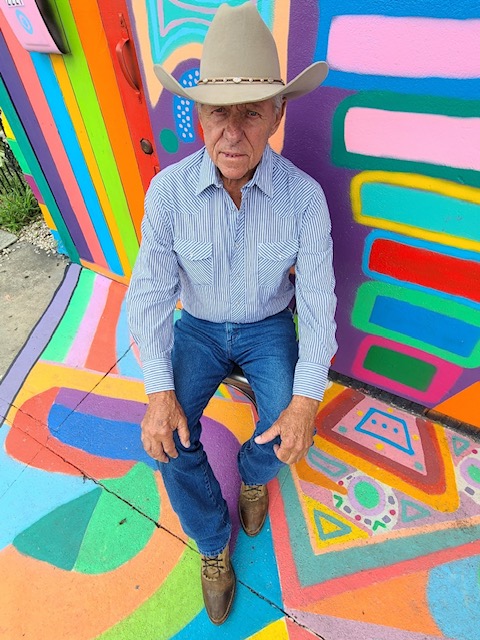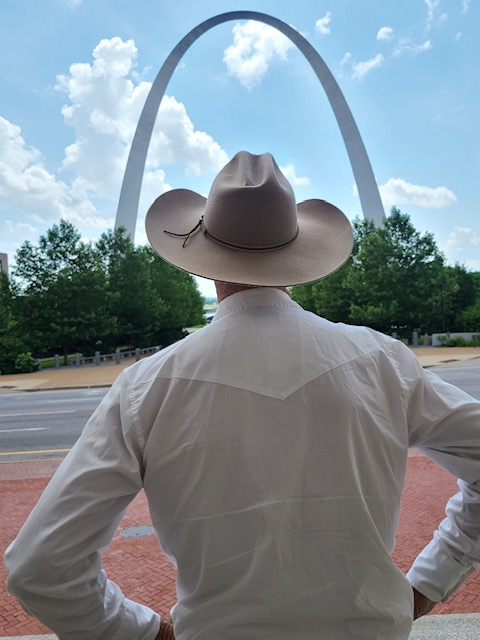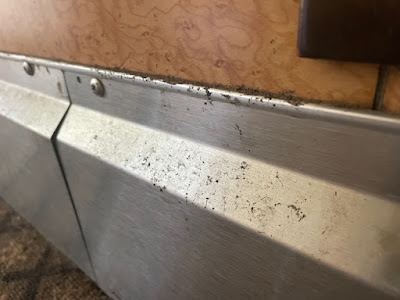 |
| Charlie McCoy |
What do "Desolation Row", Blonde On Blonde, John Wesley Harding, Nashville Skyline and Dylan's Self Portrait have in common? Charlie McCoy helped each of these come to fruition as a session musician in the Sixties. What do Elvis Presley, Simon & Garfunkel, Perry Como, Roy Orbison, George Jones, Loretta Lynn, Dolly Parton, Johnny Cash, Ringo Starr, Tanya Tucker, Nancy Sinatra, Gordon Lightfoot, Manhattan Transfer , Jerry Lee Lewis, Waylon Jennings, Chet Atkins, Ray Stevens and many others have in common? Charlie McCoy played harmonica on one or more of their recordings.
He's also played bass with Dylan, Leonard Cohen, Bobby Goldsboro, Charlie Rich and others.... and guitar work with many more, not to mention many other instruments with countless others. And most remarkably, he's still working in the music business, now more than 60 years.
In addition to all this session work with other artists, Charlie McCoy has recorded dozens of albums of his own -- 44 or 45 in all -- including his 1972 Grammy winner The Real McCoy. A member of the Country Music Hall of Fame, his resume includes an 18 year stint as Music Director for the syndicated TV show "Hee Haw".
* * *
I was introduced to Charlie McCoy by means of Nevada Bob Gordon who last year recorded his album Long Train to Nowhere in Nashville with Charlie as one of the session musicians. When I learned earlier this year that Nevada Bob was returning to Nashville to record a fifth album, I asked if he would again be working with Charlie McCoy. He said yes, so I asked for a favor. One of my favorite Bob Dylan books is Daryl Sanders' That Thin Wild Mercury Sound, which I read twice this past year. This book is rich with detail about nearly every aspect of the making of Blonde On Blonde. I would suggest that Sanders' book was the trigger that made me want to reach out to McCoy if he were accessible.
The interview, a mid-day phone conversation, took place on June 14 at 1:00 p.m. McCoy set the time and I privately created a loose agenda. After a brief greeting he set the tone with these opening lines: "I’ve been blessed. I’ve met great people. I still have my health, am still working until the man in the mirror says it’s time."
 |
Nevada Bob @ the Burger Bar
Bristol, Tennessee |
Charlie McCoy was born in Oak Hill, West Virginia. "The New River Gorge is there," he said, following up with, "Hank Williams died here." (EdNote: Photographer Gary Firstenberg and Nevada Bob have been taking a road trip through country and blues history these past few weeks. This photo of Bob Gordon was taken Thursday at the Burger Bar in Bristol, TN where Hank Williams's driver bought a burger. Hank Williams refused the food but continued popping pain pills in the back seat of his Cadillac. Williams died an hour later at Oak Hill up the road.)
I turned the conversation to Daryl Sanders' book.
“Daryl worked hard on that book,” McCoy said. "When it came to the making of Blonde On Blonde Bob didn’t know what to expect.” With John Wesley Harding Dylan “was more confident and ready. The session times were very efficient. The entire album was cut in nine and a half hours."
We turned our conversation to some of Charlie's career highlights and whom he considered some of the best people to work with. Elvis was mentioned first in conjunction with what he labeled the "Memphis Marathon."
 |
| Charlie McCoy, 2021 |
"We recorded five albums in one week. Mostly movie soundtracks. Every song was his choice," McCoy said. "Normally he had a regular group that played with him. Unfortunately, the movie company changed the schedule and the regulars were booked on other projects," he explained. "Me, Kenny Buttrey and Pig Robbins got the call. We went in not knowing what to expect.""What was Elvis like?" I asked.
"When Elvis entered a room, he commanded attention. He had a 'presence'... The first thing he did, he walked to each of the musicians and shook hands. 'Thank you for helping me,' he'd say."
McCoy said that Elvis considered the studio his safe place. Outside on the street he was too harried and harassed by fans.
The conversation shifted to McCoy's life in music. “I’m way overeducated musically for this music. I went to the best music school in Florida," he said.
His life philosophy could be summed up with these words of wisdom: “Apply what you know to the problem at hand.”
We returned to the work he did with Dylan. I mentioned that I was surprised at how stripped down the John Wesley Harding album was. "Very stripped down," he said. "It took only 9 ½ hours to record that album. Dylan was a lot more laid back."
 |
McCoy in Normandie, France, 1990.
|
"Who were the most interesting people whom you worked with?" I asked.
After some thought Charlie replied…. "The Statler Brothers… more goofing off and more great work. Some, like Marie Osmond, never said a word. Some really didn’t need a producer. Johnny Cash was totally in charge. Paul Simon was another who was totally in charge. When you look back at his career, he was right."
* * *
“A great musician got his break to Nashville.”-- Charlie McCoy on Dylan
The story of "Desolation Row" begins with Bob Johnston. I’d always believed Bob Dylan came to Nashville because of Charlie McCoy’s involvement in the making of "Desolation Row." But McCoy deflected any efforts to credit him for Dylan’s choosing to record in Nashville. "Bob Johnston made that happen," he said.
McCoy provided a little background saying Johnston’s career began as a writer, writing songs for Elvis movies. He pitched some songs to Columbia and he was asked “Did you produce these?” Johnston replied yes, having produced “Hush, Hush, Sweet Charlotte” which had been nominated for an Academy Award. Columbia asked him to come to New York. Shortly after his arrival someone said, “Come over to Studio B. I’d like you to meet someone.” It was Bob Dylan.
McCoy only briefly commented on the making of Desolation Row. “Eleven minutes of acoustic guitar. The whole time I kept thinking, 'What would Grady Martin do?'”
(Martin, for those unfamiliar, was a veteran session guitarist on Nashville’s A-Team who played on hits such as Loretta Lynn’s “Coal Miner’s Daughter” and Marty Robbins’ “El Paso.”)
 |
| Charlie McCoy (L) with Nevada Bob |
I asked McCoy what’s been happening today in Nashville. “There are so many fine studio musicians here now. I don’t care that I’m not working with mainstream artists now. Still having fun. We did a whole album with a fellow in Germany. Another with an artist from the Czech Republic."
He wasn’t afraid to make a few critical remarks about today’s music. “What troubles me is that the Internet allows anything of the poorest quality to get made. I want to hear people with a pulse and talent.”
In a wry curmudgeonly manner he took a poke at rap. “Rap music? I don’t use those two words in the same sentence.”
Another change in Nashville is this. “Construction is out of control. The side effect is traffic.” One reason for this growth, he said, was that there’s no state income tax.
McCoy moved to Nashville in 1960. 61 years later and he’s still at it. When we did this interview he was getting ready to fly to Provence, France to do session work with the #2 recording artist in France, Eddy Mitchell.
Related Links
PHOTO CREDITS
Gary Firstenberg: Nevada Bob Gordon at the Burger Bar and Charlie McCoy with Nevada Bob
Roland Godefroy: Charlie McCoy in Normandie, France. Creative Commons.

































































